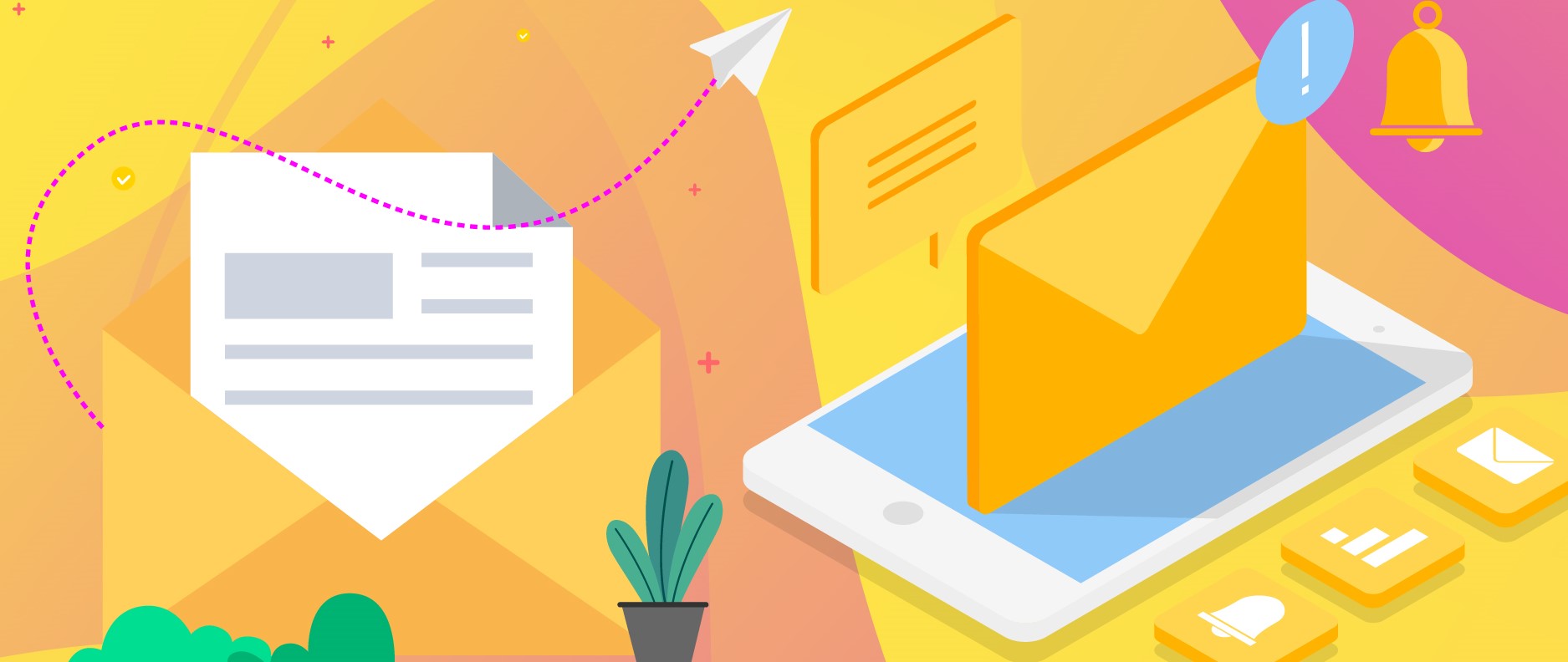
Email marketing is the most powerful and affordable digital marketing tool for building a well-informed audience base. Marketers trust email marketing more than any other marketing strategy when it comes to building relationships and growing business. However, an email marketing campaign is effective only if the campaign is delivered to a quality email list.
Creating an email list is quite a task. It takes time and effort to build and nurture. If you succeed in growing your email list, it’s great. But maintaining the quality is more important. In this article, I have covered a few important email list management strategies that will increase your campaign reach.
Why Email List Management Is Required?
Before diving into the topic, let's understand what email list management actually is. Email list management is a process to optimize an email list by weeding out invalid and non-existent email ids from the list. Marketers run filters to remove inactive email IDs that could flare the campaign bounce rate. There are reasons why you should frequently optimize your email list:
Disengaged users reduce the list value
If your email list has users that no longer engage with your email list, your email list becomes stale and loses its value. You should find out the users in the list that stop opening the newsletters for months. They are no longer valuable to your email list.
If they exist longer on the list, they will reduce your open rates and hit click-through rates, and conversion rates badly. If it continues, your sender’s reputation will be at stake.
Inactive users can increase the bounce rate
Emails sent to inactive or invalid email addresses lead to bounces since emails are not delivered to those recipients’ inboxes. If this continues to happen, your campaign’s bounce rate piles up and the bounce rate gets too high.
A high bounce rate has a devastating impact on your email deliverability. Due to the high bounce rate, your emails may hit the spam folder.
A beautiful email template and a massive list of email subscribers that have inactive and disengaged users don't necessarily ensure the success of your campaign. Instead, curate an email list that is full of engaged, high-quality recipients.
Best Practices to Maintain an Engaged Email List
Now you can understand the importance of email list management. I am listing here some tried and tested tips and tricks that you can follow to optimize your email list. It’s important to reduce bounce and increase conversion.
Welcome New Subscribers
New and engaged subscribers are the building blocks of your email list. If the number of subscribers to your email list is growing, you must acknowledge each subscriber with a warm welcome email.
By obliging their onboarding you can create a positive impression. Create impressive welcome mail and send it to new subscribers as soon as they sign up. It’s believed that welcome emails have Four times higher open rates and five times higher click-through rates.
Remove Inactive Subscribers
Subscribers join your email list at the start but over time their email IDs become inactive. Following are some of the many reasons that lead to inactive email addresses:
- The email address has been changed due to some reason.
- Access to the email address has been lost.
- The email ID has been closed.
To keep your email list clean and responsive, run frequent validation checks to find and remove disengaged and inactive people who haven't engaged with your emails in the past few months.
Launch Re-engagement Campaigns
There is nothing wrong with trying your luck to get your disengaged subscribers back. Give it a try before deleting the users from your email list. Strategic re-engagement campaigns can help you to win over inactive users.
Curate personalized re-engagement campaigns asking users what you should do to get them engaged. You can also send them promotional discounts designed to get opens and clicks. Even after re-engagement, if you don’t get success, remove them from the list to keep it clean and healthy.
Make it Easy to Unsubscribe
Receiving unsubscribe requests is natural. Don’t get offended. By the time, people lose interest in your products and services, they move to hit the unsubscribe button.
Though it's a bit painful to see people go, unsubscribes help you save your time and effort by manually removing inactive and disengaged people from your email list.
To make it easy for people to unsubscribe to your email list, provide them a visible unsubscribe link at the bottom of every email you send. It benefits in two ways. One, it cuts the time you spend on cleansing your email list, and two, it also reduces the chances of getting marked as spam by subscribers who don’t find a way to opt out of future communication with you.
Segment Your Email List
Email segmentation improves the efficacy of your email campaigns. Segmented emails generate more click and open rates since they are highly targeted and focused on the audience who are interested in buying your products and services.
Segmentation is a process to create audience subgroups and send different emails to each subgroup in your contact list. With segmentation in place, you can create specific and customized email communication with precision. It always leads to more engagement and conversions.
Conclusion
After implementing the above practices, you can check the results after some time. These are tested methods that can improve the health of your email list and enhance the success rate of your email marketing campaigns. If your campaign’s bounce rate starts to drop, the open rate increases and the conversion rate increases, your email list management efforts are going in the right direction.

Tarun Gupta, CEO of Brainpulse Technologies, is a prolific author and digital marketing specialist. His insightful writings span SEO, content marketing, social media strategy, and email campaigns, offering invaluable expertise to businesses worldwide. Tarun’s contributions continue to shape the digital marketing landscape, guiding success in multiple niches.